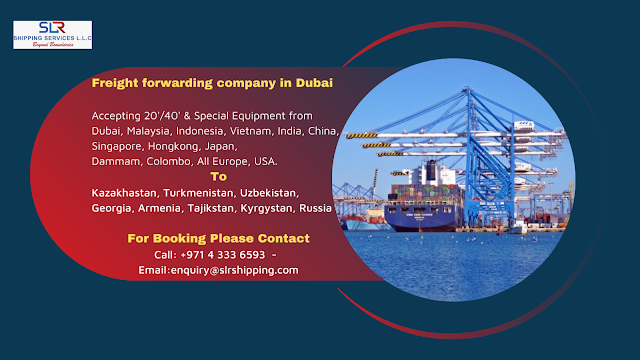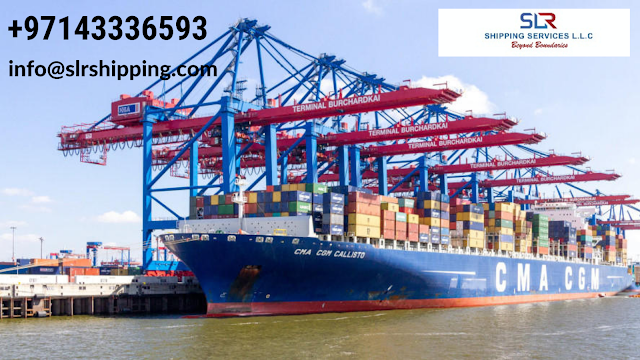Ocean Freight - How International Shipping Works
 |
| SLR shipping |
What is Ocean freight?
Ocean freight company provides this type of freight forwarding mode. It is a mode of transporting goods through the sea. With this transporting mode, you can transport large quantities of goods packed in containers and transport them overseas using sea routes. It is amongst the most common transportation mode that shippers use worldwide.How does international sea freight work?
There are several processes that Sea freight company follows, such as:Step 1 –
There is an agreement between a Sea freight company and its client, presumably from different countries. They decide to conduct a transaction under an agreed Incoterm, deciding how the ownership and risk transfer will occur. Most essentially, who is responsible for the shipping process and cost of transportation. For example, in a transaction, the buyer or importer pays for the entire transportation cost, right from the supplier's factory or warehouse.
Step 2 –
The goods are labeled and packed as per shipping standards.
Step 3 –
The next step is booking ocean freight, for which one requires the services of a freight forwarding company as it is not possible for an exporter to execute these steps themselves. Freight forwarding companies are responsible for booking a container (FCL or LCL) for you according to your shipment's best suit.
Step 4 –
The goods or cargo have to be transported from the point of origin to the point of consumption.
Step 5 –
Having marine insurance in place is also an important step.
Step 6 –
Goods are loaded in FCL or LCL Container depending on the volume and requirement of the trade transaction (This decision is made by both parties or the freight forwarding company) and then loaded onto the vessel.
 |
| SLR shipping |
The ocean carrier gives a bill of lading after the cargo is loaded onto the container. It serves as an essential document in the whole process as a contract between the carrier and the shipper, which holds all important details of the transaction and serves as the goods' title.
Step 8 –
After loading the cargo on the ship, the shipment passes through customs at the origin port.
Step 9 –
The cargo is then processed for shipping.
Step 10 –
Once the cargo reaches the destination port, the import customs clearance must be completed with paying tariff duty linked with the imported goods.
Step 11 –
The goods transportation from the port to the buyer's place has to be arranged.
Which one is better, FCL or LCL shipment?
There are two types of sea freight, such as:
FCL shipping
It is best suited for large shipments. The exporter can be in a better position in terms of risk and safety measures by having an entire container dedicated to their shipment alone. Freight forwarders usually give a more favorable deal on FCL shipments.
LCL shipping
It is more appropriate for small shipments. Here, an exporter's shipment shares space with other goods. It is less time-consuming and cost-effective for smaller shipments.
Conclusion
There you have it; this is the full process of sea freight that the company follows. Sea freight companies have made it easy to transport goods and cargo throughout the world and at reasonable costs.



Comments
Post a Comment